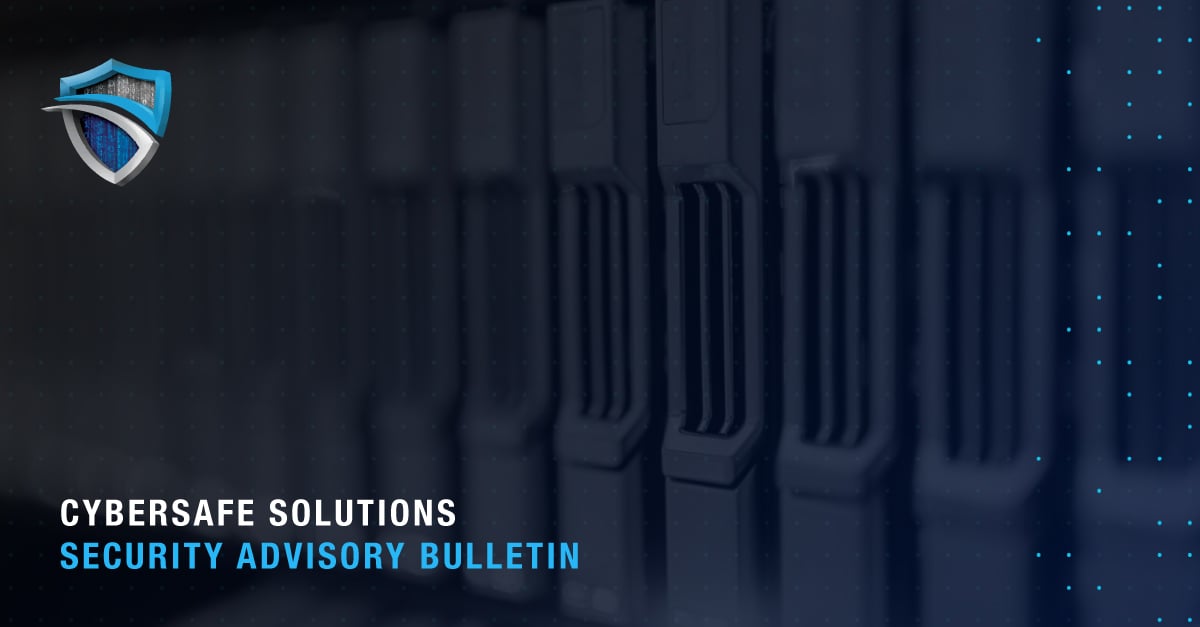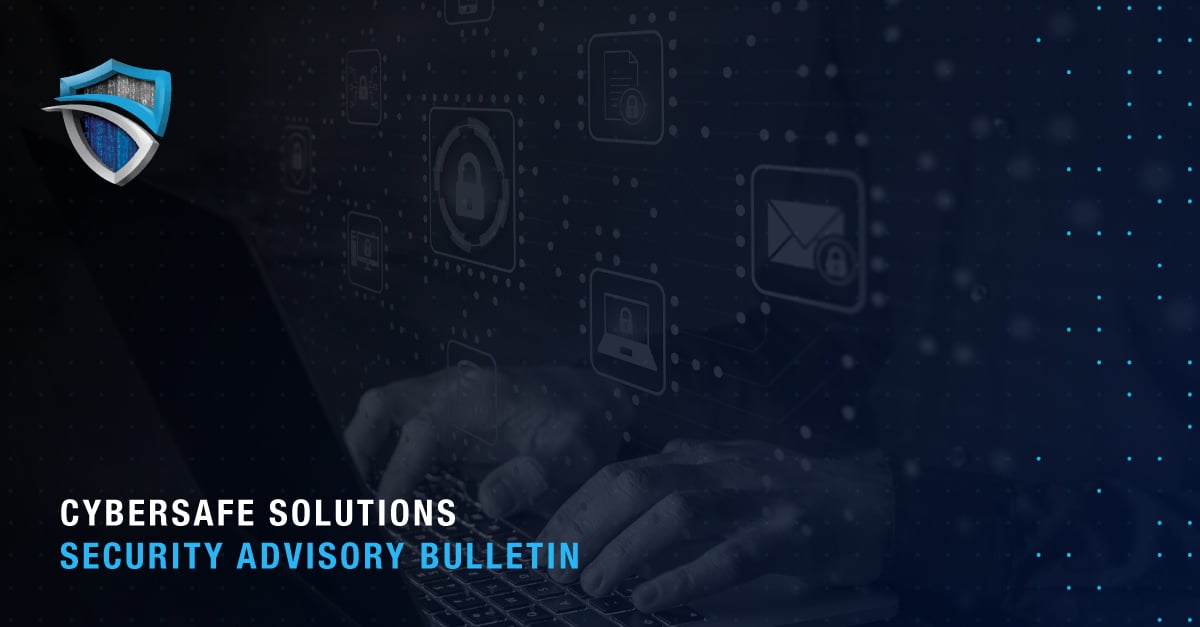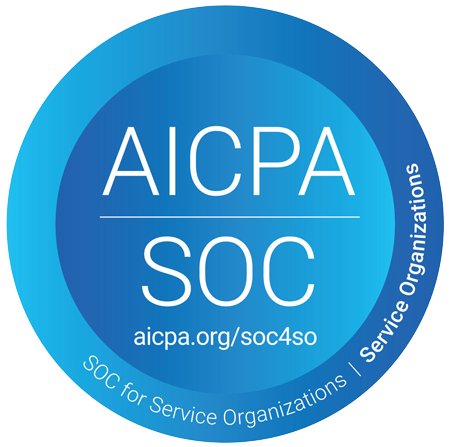With cyber threats evolving rapidly and targeting businesses of all sizes, many organizations struggle to implement an effective cybersecurity program on their own.
A Security Operations Center (SOC) can help by serving as the nerve center for an organization's digital defense. It typically includes a specialized team of cybersecurity experts and technology deployed to help monitor, analyze, respond to, and protect the company's digital assets from potential threats and attacks.
Notably, how SOC resources are utilized also plays a pivotal role in the efficacy of any cybersecurity program. This is where a SOC framework comes into play, consisting of priorities, guidelines, and processes to ensure the rollout of optimal resource allocation, efficient threat detection, and effective incident response.
Key Pillars of a SOC Framework
A SOC framework is centered around the core functions of security monitoring, threat intelligence, and detection. It enables the SOC team to support informed decision-making in real time about the next steps and actions. More about these functions is provided below.
- 24/7/365 Proactive Security Monitoring provides full visibility into the security landscape across all client endpoints, networks, and cloud assets.
- Threat Intelligence leverages data from numerous global threat intelligence sources to better safeguard digital infrastructure with real-time insights about a threat actor's motives, targets, and behaviors.
- Detection involves the analysis of threat intelligence, including behaviors and system activities and threat hunting to proactively identify potential security anomalies and breaches一before they can cause significant harm.
Containment & Ongoing Incident Management
When effectively designed, a SOC framework will enhance efficiency and help reduce response times for ongoing incident management. This is a critical concern as the duration of a cyber attack will significantly impact the cost. A shorter data breach lifecycle, for example, is associated with lower data breach costs.
Once a threat is detected, containment follows, which involves isolating affected systems to prevent further spread.
Next, the incident response team moves to remediation, eradication, and recovery, where they work to eliminate the threat and restore normal operations.
Afterward, comprehensive reporting and analysis are conducted to document the incident, assess the effectiveness of the response, and implement measures to prevent future occurrences.
SOC Framework Elements
Understanding the components of a Security Operations Center (SOC) framework is essential for operational success.
Here, we focus on the resources deployed to achieve the functions outlined in the framework to ensure robust and effective security practices.
People
At the heart of any SOC are the people. These are skilled cybersecurity professionals who operate around the clock to protect the organization’s digital assets. Key roles can include:
- Security Analysts: Frontline defenders who monitor network traffic, analyze alerts, and respond to incidents.
- Threat Hunters: Experts who proactively search for cyber threats that evade automated detection systems.
- Incident Responders: Specialists who take charge during a security incident, working to mitigate and resolve threats.
Processes
Well-defined processes are critical to the smooth operation of a SOC. These protocols guide how incidents are handled, from detection to resolution, and ensure consistency and effectiveness. In addition to security monitoring, threat intelligence collection, and detection discussed above, key processes can include:
- Incident Response: A systematic approach to assessing and responding to security incidents, enabling efficient incident management and reducing the time it takes to detect, respond to, and recover from security incidents.
- Vulnerability Management: A SOC framework helps organizations stay on top of potential weak spots by helping identify vulnerabilities in systems and networks.
- Compliance & Reporting: Cybersecurity regulations and standards are becoming more common and complex. A SOC helps companies tick all the right boxes to stay compliant. It also helps ensure they can effectively report on their security efforts and findings.
Technology
The tools and platforms comprising a SOC’s infrastructure are crucial for effective security monitoring and response. Key technologies include:
- Security Information & Event Management (SIEM) Systems: These centralize, analyze, and correlate data from various sources to detect anomalies and potential threats.
- Intrusion Detection Systems (IDS) & Intrusion Prevention Systems (IPS): These monitor network traffic for suspicious activity and take action to prevent threats.
- Endpoint Detection & Response (EDR): These provide visibility into endpoint activities and detect, investigate, and respond to incidents.
The SOC-as-a-Service Approach
For many organizations, utilizing a SOC-as-a-Service model offers the most efficient and cost-effective way to implement a SOC framework. The approach provides access to continuously updated cybersecurity expertise without the expense of building an in-house SOC. Instead, companies can maintain robust security and comply with current regulations while focusing on their core businesses.
Cybersafe’s Comprehensive Cybersecurity Solution
Cybersafe Solutions, an industry-leading managed security service provider (MSSP), elevates SOC-as-a-Service further by integrating it into a holistic cybersecurity solution, encompassing next-gen proactive risk mitigation and incident response capabilities.
Led by SOL XDR—its advanced managed detection, response, and containment solution—Cybersafe integrates cutting-edge technology, a U.S.-based SOC, and extensive industry expertise to offer full visibility and advanced detection, response, and containment capabilities.
Complementing these managed solutions, Cybersafe also provides a comprehensive suite of professional services. These include in-depth risk assessments, network penetration testing, tailored security policy development, and security awareness training programs.
This multifaceted approach ensures that organizations can build a robust, end-to-end cybersecurity strategy, including a SOC framework, that addresses both technological and human security factors.
Finally, as cyber threats continue to grow in sophistication and frequency, adopting a robust SOC framework is not just a security measure—it's a strategic necessity for businesses of all sizes. By embracing this approach, organizations can enhance their cybersecurity posture, ensure regulatory compliance, and focus on their core business objectives with greater peace of mind.
For more about bolstering your cybersecurity posture with our services, schedule a consultation or contact us today.




